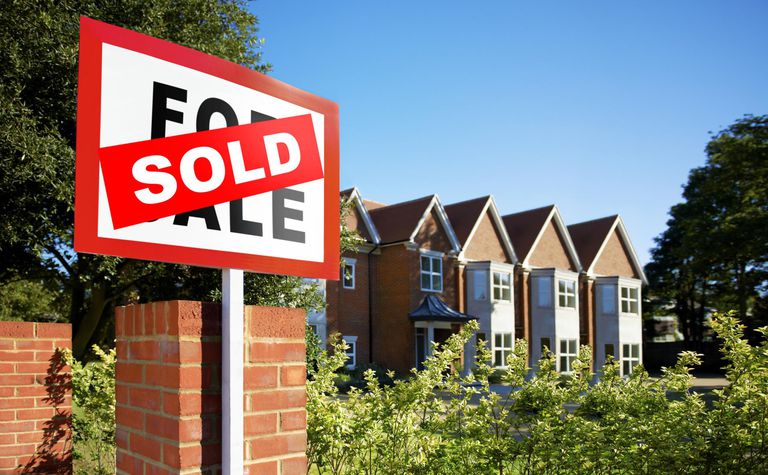Home Insurance Inspections differ from that of the inspection sometimes required by a financing company before the deal is closed. Home insurance inspections are part of the insurance underwriting process and only take place once you have taken possession of the new home. Home insurance inspectors focus on loss prevention and on ensuring that you and your family are safe – including looking for potential fire hazards.
Inspections for an insurance company have two purposes:
- To accurately assess your home’s replacement cost, should there be a loss.
- To identify any potential risks which need to be taken care of. Trained Inspectors look for conditions that could raise the risk of a loss/claim; such as roofs in need of repair or dangerous conditions which present a threat to your safety; and then make recommendations in order to prevent them.
The insurance company also needs to ensure that there aren’t any other concerns that may cause safety issues or losses with the home itself and with the insurance, so that you can address them and avoid claims. Your insurance inspector will usually check your roof, siding, yard, gutters, staircase and plumbing, heating and electrical systems. When doing so, the inspector will also check for fire hazards or potentially unsafe conditions and offer suggestions to improve your safety. Note: They will also inspect any exterior buildings on the property.
Here are the top 5 things they will focus on:
- Smoke and CO detectors and their location:
The inspector will look for the presence of smoke alarms and CO detectors. There needs to be at least one smoke alarm on every level of a dwelling, and a CO detector on every level which has a sleeping area. (Typically, Lambton Mutual Inspectors suggest a CO detector on every level.)
- Sump pits & sump pump maintenance:
Every homeowner should test the sump pump(s) and high water alarms regularly.
Also give the system a once over and make sure all the connections are secure.
Ideally, sump pumps should be replaced every 5 years.
- Down spouts:
Along with the roof condition, inspectors will also take a look at the gutters and downspouts to make sure they are all connected properly. Down spouts should extend a minimum of 1.8 meters (6 feet) away from the foundation of the house. There should be more than one downspout off of a roof. Look at this homeowners guide to metal roofing if you are unsure as to how to maintain these on the regular. It’s a lot easier than you think, with the right tricks and tools in hand.
- Extension cords:
The inspector will look into the electrical system to see if there is overloading, exposed or frayed wiring. Extension cords are for temporary use only e.g. Christmas lights. Extensions cords being used for permanent usage should be replaced with permanent wiring, or be disconnected.
- Railings:
All interior and exterior stairways and porches should be equipped with proper railing support structures. It is advisable that these should meet the proper building code(s). Inspectors will also look for safety items such as a deck with no handrails.
What does it mean if the Home Insurance Inspector makes recommendations?
When the home insurance inspection is completed, it is sent to your insurance company. An underwriter reviews the accuracy of the coverage on your property and outlines concerns that need to be addressed by the homeowner, in the form of recommendations.
In some cases after an insurance inspection, your insurance could be canceled if you don’t follow the recommendations within a certain amount of time.
Remember: Any changes, such as renovations or additions to a home, a new swimming pool, and landscaping can mean a change to the terms or coverage limits of the policy. Reviewing your limits of insurance at this time is advised. It’s important to have the right coverage in place in case there is an eventual claim.
